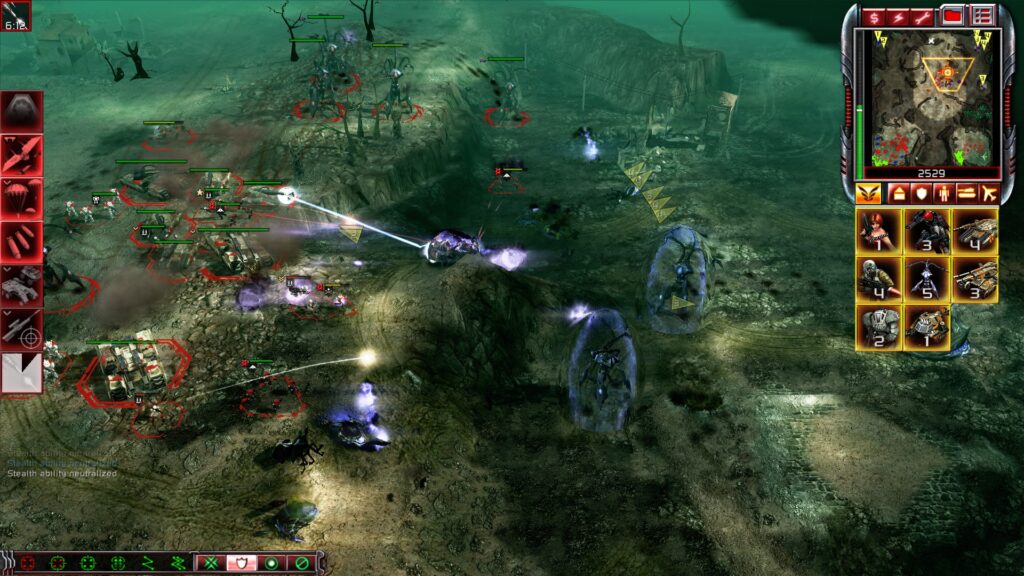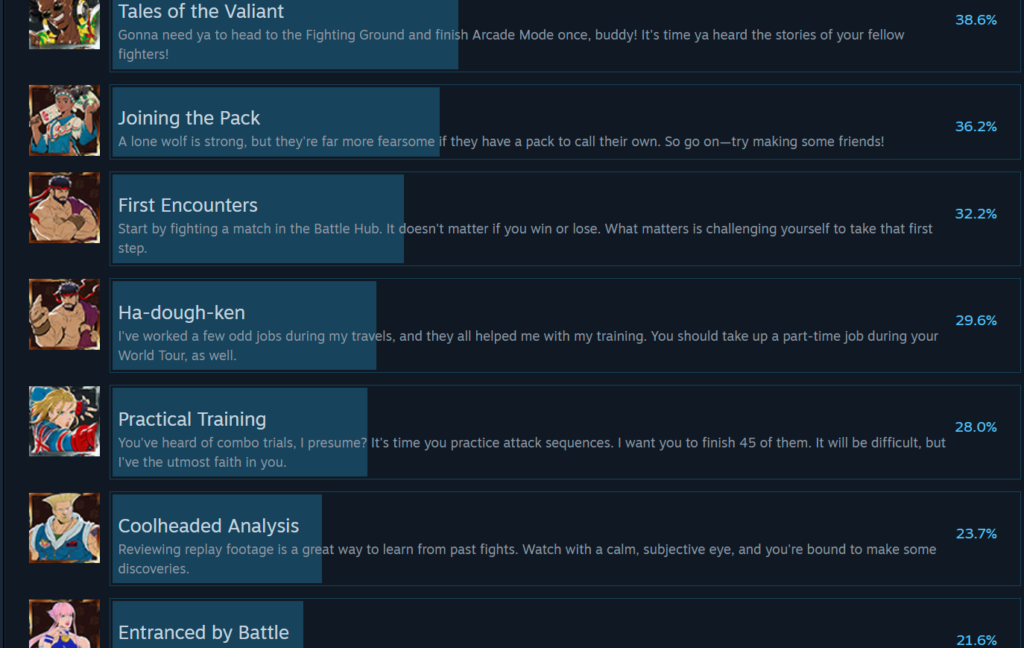Esports has come a long way from high score chasing, to the Battle By the Bay, the World Cyber Games, and much more. It wasn’t until the 2010’s that the legitimacy and reach of eSports reached a fevered pitch, with studios chasing after this market and the push to give eSports as big of a reach as traditional sports. But as I looked at genres like fighting and RTS, I started to think about whether eSports has helped or hurt gamedev.
The Intended Effect
Esports and live service went together since the 2000’s and the rise of League of Legends. The idea was that by creating an eSport, a game would become popular outside of just playing the game — people would follow the eSport, sponsors could sell ad revenue, and there has always been this dream in the US to have eSports reach the same level of recognition and impact that we saw from South Korea with StarCraft.
By continuing to support a game with more content, it would mean people would spend money on said content, and the more support would keep a game going for years. And when you look at the big successes — LOL, CS:GO, Rainbow Six: Siege, and so on, it does turn into that. For multiplayer, it has been a godsend in terms of keeping these games relevant and playable for years thanks to people continuing to play for the competitive side. This symbiotic relationship has been the envy of publishers and developers who all tried to make their own take of these games, as we saw with the numerous battle royales, MOBAs, shooters, and so on. And while eSports has been good to these games it hasn’t been good to the health of these genres.
The problem is that making an eSport and making a marketable game, are not as equal as you would think.
Making an eSport
Esport design is different compared to the traditional designs and mechanics we see from other games. When you are building an eSport, you must focus on the competitive side — all map design, all balancing, all future content, must be built around what the competitive people want to see. This has been the driving factor for fighting games for years, and was part of what led to the decline of traditional RTS games in the mainstream in favor of MOBAs.

instead of flashy graphics, I have stats. This is the completion rates for Mortal Kombat 1 on PC and you can see that most of the people who bought it didn’t even finish the story mode, let alone get into the competitive play
An eSport is all about “the match” and everything that isn’t related to it is seen as fluff to the competitive side.
Matches are meant to be as balanced as one can be, and favor player skill above all else. With every eSport game mentioned in this piece, you’ll find very little content outside of that, and for the games that do add in singleplayer or story content, with rare exception (that I’ll come back to below), it is kept minimal and seems like something added to check off a list.
Casual vs. Competitive
When we look at games and genres that have gone out of their way to be the next eSport, it’s time to face an important truth — eSports suck the fun out of these games. From a community standpoint, some of the worst games imaginable in terms of community management and moderation are from the eSports side. You have those who send horrible messages to other players, players who look down on everyone else, and reports of corruption and cheating from time-to-time.
From an onboarding and UI/UX point of view, theses games are horrible at providing accommodations and educating new players on how to play competitively. When we talk about the importance of UI/UX design, eSports games time and time again fail this test, and a lot of it comes down to their player base, specifically the eSports side. Just as single player gamers tend to fail understanding the difference between complexity and depth, so do a lot of multiplayer fans. There are those that immediately fume the second someone wants to change a game to make it easier to play or modernize it for audiences today, as we saw with the modern controls debate from Street Fighter 6. The problem is that teaching someone how to play against an AI is not the same as teaching them how to fight another player. And for games that introduce new rules and mechanics, onboarding and tutorials may never cover those advanced elements.
In the last section I mentioned that eSports players tend to focus on the match design and match balancing above all else, however the “else” in this regard is what attracts people to playing these games in the first place. An eSport player wants something that is consistent across how many matches they tend to play over the game’s lifespan, and why progression, outside elements, or those that don’t fit within the match are viewed as negatives. For everyone else, this kind of stuff is what makes these games appealing for them. Something I wrote about in my RTS book with unit design is that at the end of the day, cool trumps balance. Are the different factions in the Command & Conquer universe or the races in StarCraft 2 perfectly balanced? Heck no, and no self-respecting fan would say otherwise.

There’s a difference in design and thinking between making a game that can be adopted for competitive play, and making a game first and foremost for competitive play, and what led to the downfall of C&C (source author)
Keeping with StarCraft 2, it is the only game I can think of that came out with a fully supported eSports model with its competitive play, and a completely original campaign for each faction featuring unique units and progression not seen anywhere else. This is in line with how NetherRealm Studios revitalized the fighting game genre in the late 2000’s by focusing on content for people who have no interest in the competitive side.
Esports players, no matter how much money that gets thrown at sponsorships and tournaments, represent a fraction, of a fraction, of a fraction, of your consumer-base, and why only catering to them does not keep a game financially afloat.
Where the Money Goes (and Comes)
Live service game design is all about money going in and money coming out in a continual cycle. If you’re not creating new content, then no more money is going to be earned which means no more budget to create new content. And if you’re not creating “attractive” content for people to spend, then you are just wasting development time and money.
The issue with catering only to eSports players with your game’s content and growth is that it doesn’t leave room for anyone else to keep playing. You’ll see this with any competitively-driven game — the first month or two will have peak player counts with new players trying to learn the game and see if it works for them. And then, without fail, those numbers plummet and the people who stick around are just the competitive side or those trying to be competitive.
And to the previous section, this group only cares about one thing — content that plays into the competitive side of the game. Anything else is not going to be of interest to them, and if you think new cosmetics are going to be enough to bring casual players back, that’s not going to work. To that point, trying to create new game modes, new mechanics, or anything that runs counter to the eSports/competitive side will be met with angry eSports players, and still may not be enough to get people to come back. Blizzard’s strategy of splitting StarCraft 2 down the middle between the competitive/casual side with its content was a brilliant move. Conversely, trying to shoehorn competitive and casual together is what doomed Command & Conquer 4.
The problem with trying to cater to an eSports market is that instead of being able to grow your game with new content and interest over the months and years, it starts to shrink. Once a game’s audience becomes fixed like this, no one new is going to join, and if they do, chances are they won’t stay long. And if players feel like they are just there to be served up to the expert players, they are going to leave even faster, as Activision’s report on Skill-Based Matchmaking went into detail about.
The Better Live service
Some of the most popular live service games today come from the mobile space and are as far away from competitive experiences as a game could get. Creating attractive content for a live service game requires making sure that all segments of your audience can experience it. If there are new missions, storylines, etc., then they should be accessible to all groups. For bonus challenges or limited-time events, there needs to be content for each group of players.
Whenever there is content that only one group of players can use or will support, it’s going to push the other ones away and you need as wide of a consumer-base as you can if you want your game to keep growing.
What is the Future of eSports?
eSports is in a very awkward place now, it’s no longer the new thing on the market and tournaments like LOL Championship Series and EVO have reached the mainstream, but in terms of continued growth, that is debatable. Part of the problem is that it’s not about organically making a game an eSport as in — game comes out, people like to play it, tournaments get developed for it, it becomes an eSport. Now, many developers and publishers are chasing the market to try and will their game to become an eSport, and again, the ones that specifically are built or are consulted by eSport players, are not finding a market outside of them.

Remember this point: initial sales and word of mouth don’t instantly create longevity of player interest. Even SF6 saw massive churn getting people to try out the multiplayer side.
Just as the RTS genre needs to have a hard talk about modernizing and appealing to more people, the fighting genre needs a similar one.
Despite how popular and how many copies Street Fighter 6 sold, less than half the player base on PC tried to play a multiplayer match. Designing additional content for mainstream and non competitive players has helped, but it doesn’t fix the inherent problem with trying to get someone who isn’t a pro player interested in playing a game designed around that mindset.
What do you think: Is eSports going to keep growing, or has it reached its limits?
If you would like to support what I do and let me do more daily streaming, be sure to check out my Patreon. My Discord is now open to everyone for chatting about games and game design.

